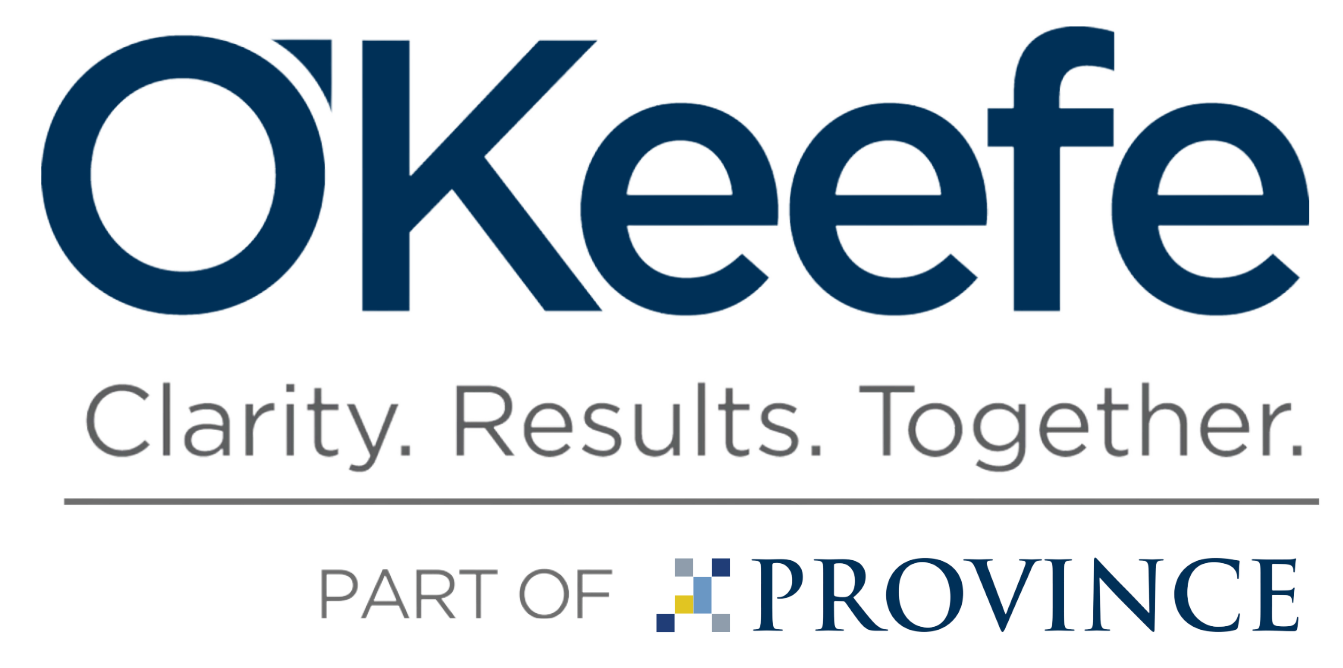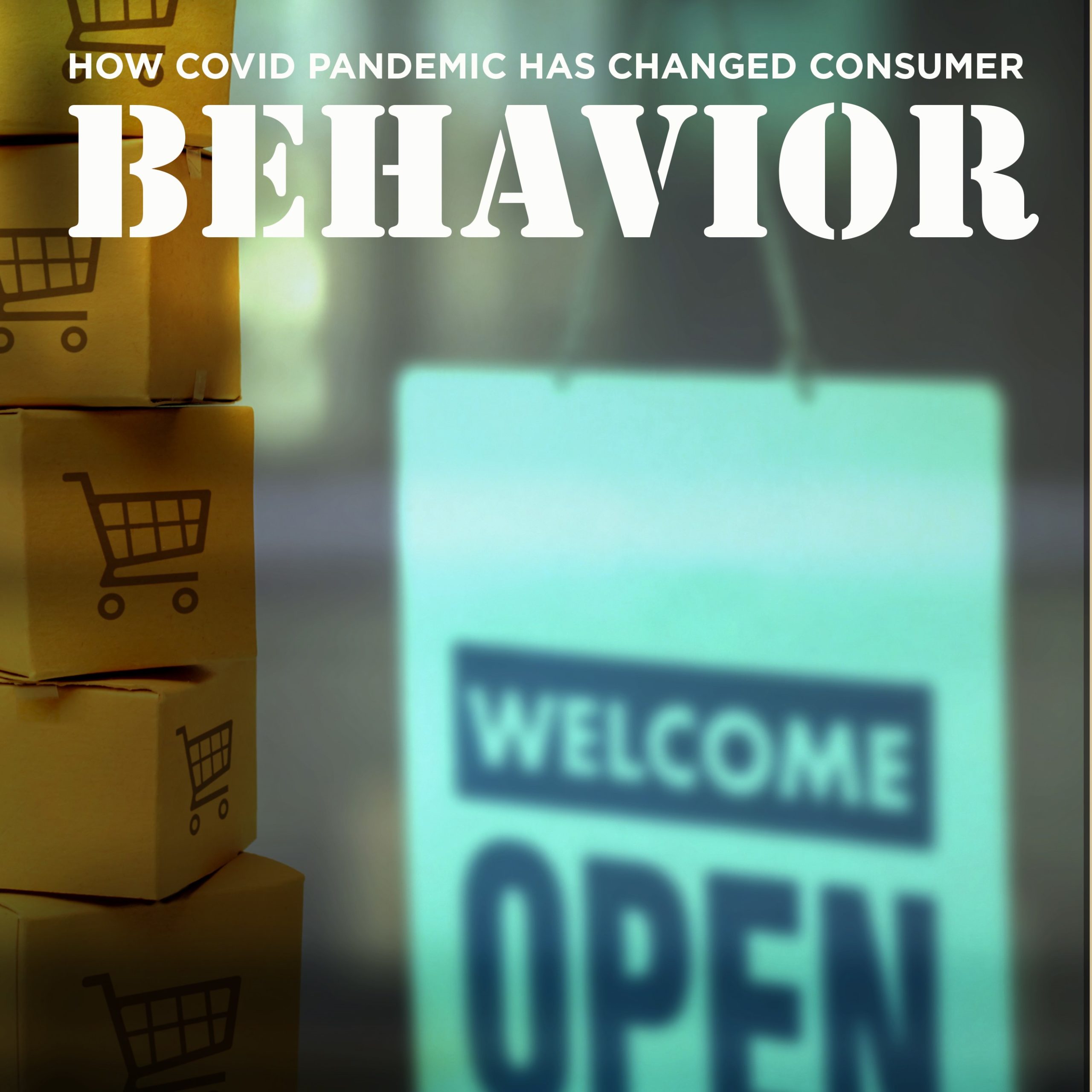How the COVID-19 Pandemic Changed Consumer Behavior
As more U.S. citizens become immunized against COVID-19, forecasts are for a recovery in economic activity to pre-pandemic levels. However, the pandemic has also changed consumer behavior. Recent economic research by the McKinsey Global Institute (“McKinsey Study”) and the Federal Reserve Bank of Cleveland (“Fed Study”) both suggest that while the U.S. is expected to enjoy a strong consumption spending recovery, it is not expected to be equal across income and age demographics.
The consumption shock that the U.S. experienced as a result of the pandemic was triggered by lockdowns and health fears that severely curtailed spending on services.¹ In terms of magnitude, the drop in consumption spending was the largest that the U.S. has seen since the Great Depression. The nature of this consumption shock provides reason to be optimistic for a fast rebound in consumer spending once the pandemic is over. However, as noted above, this recovery is also not expected to be equal across income and age demographics.
Affluent consumers typically consume the highest share of discretionary expenditures. Since these services were directly impacted by lockdowns and travel restrictions, over two-thirds of the decline in U.S. consumption spending came from high income households.² As a result, these households accumulated savings while their consumption was restricted by the pandemic. In contrast, low-income households spent a higher share of expenditures on food, housing, and other basic goods that were less directly impacted.³ Low-income households are more likely to experience a sustained reduction in purchasing power from disruptions to income because of pandemic lockdowns and business closures, which could act as a drag on consumer demand in the recovery.
The McKinsey Study points to three main factors that will determine the strength and sustainability of the consumer demand recovery: the willingness to spend by high-income households, income constraints on low-income cohorts, and what happens to savings.⁴ High-income households have accumulated savings to fund pent-up demand. However, the purchasing power and ability to save by low-income households depends on the duration and size of governmental stimulus over the next few years, as well as the speed of the service-sector job recovery.⁵ Since low-income households have a higher propensity to consume, growing income inequality is expected to slow down consumption growth. The earnings potential of young and low-income households may have been permanently impacted, which could act as a drag on consumer demand.⁶
To determine whether these pandemic-induced behaviors are likely to “stick,” the McKinsey Study examined six consumption shifts that cover almost three-quarters of overall U.S. consumption spending: an acceleration of e-grocery shopping, a sharp decline in live entertainment, the emergence of home nesting (i.e., spending on home gyms, home appliances and furnishings, kitchen equipment, etc.), a decrease in leisure air travel, a switch to remote learning, and an increase in virtual healthcare visits.
The study finds that e-grocery shopping, virtual healthcare visits, and home nesting are likely to increase in the post-pandemic economy, while remote learning, declining leisure air travel, and decreasing live entertainment expenditures would likely revert to pre-pandemic levels.⁷ The study also finds that while the consumer’s perception of value and investment in assets (e.g., home gyms, home appliances and furnishings, kitchen equipment, etc.) which enable consumer behavior are critical in determining post-pandemic consumer behavior, company and government actions also matter. An important precondition for “stickiness” is adequate infrastructure (e.g., reliable internet access, company readiness, supply-chain capability, delivery experiences, etc.). Further, economic policy such as economic support to businesses and individuals also impact consumption.⁸
The Federal Reserve Bank of Cleveland sponsored a survey to understand post-pandemic consumption.⁹ The Fed Study produces findings similar to the McKinsey Study. It finds the potential for a strong rebound in spending on services in “high-contact” industries as vaccines are administered, especially among high-income households who plan to increase their spending compared to pre-pandemic levels. The study also finds that low-income households plan to return consumption on services to pre-pandemic consumption levels. Older Americans’ post-pandemic consumption expectations for “high-contact” services are considerably more pessimistic than those from other groups and have shown less improvement over time – appearing to capture a scarring in expectations. Understanding the consumption path of each consumer demographic matters much more now than it has in the past. As a result, it is important for businesses to understand how these demographic groups have been impacted by the pandemic in understanding consumer demand and having the infrastructure to support those needs.
¹
²
³
⁴
⁵
⁶
⁷
⁸
⁹


